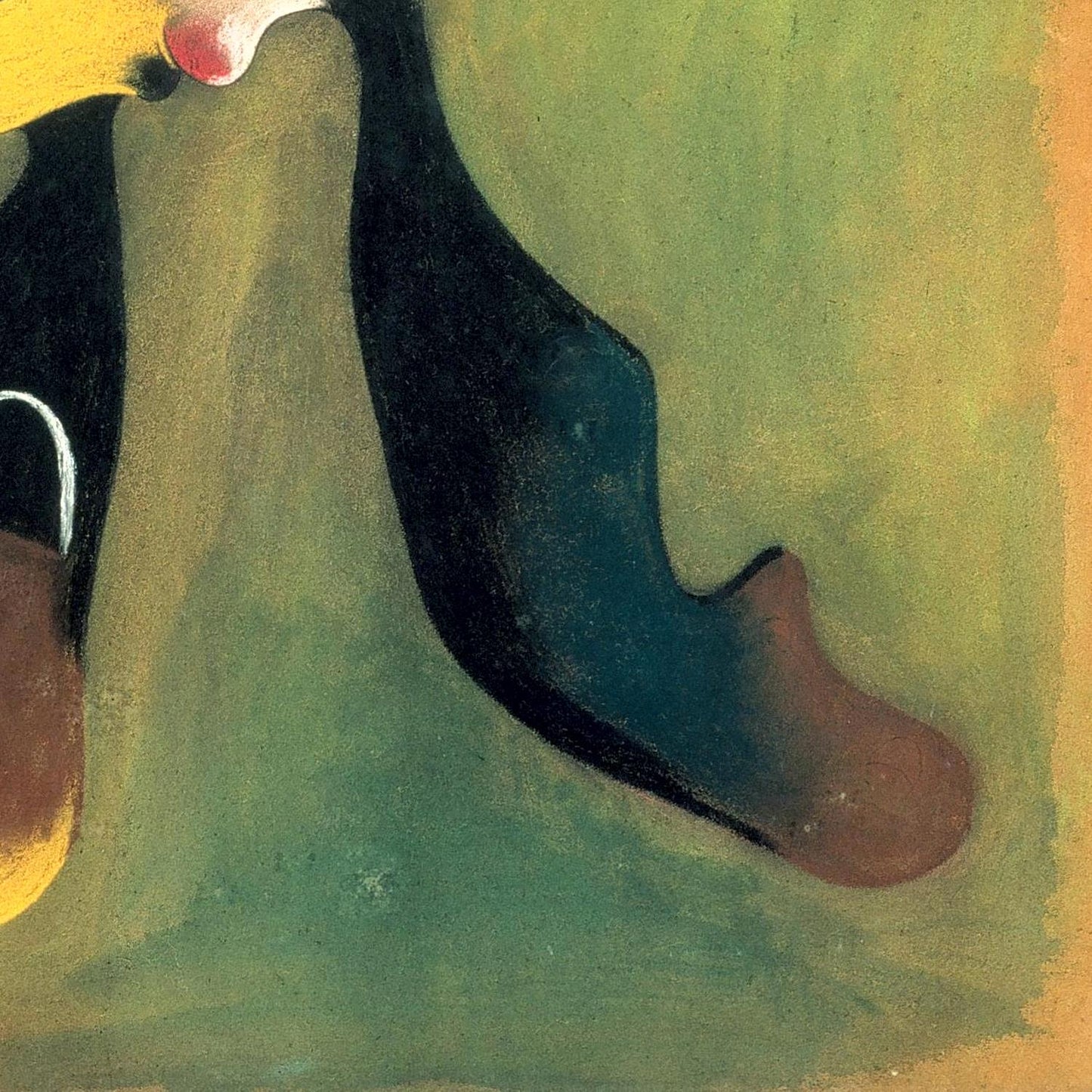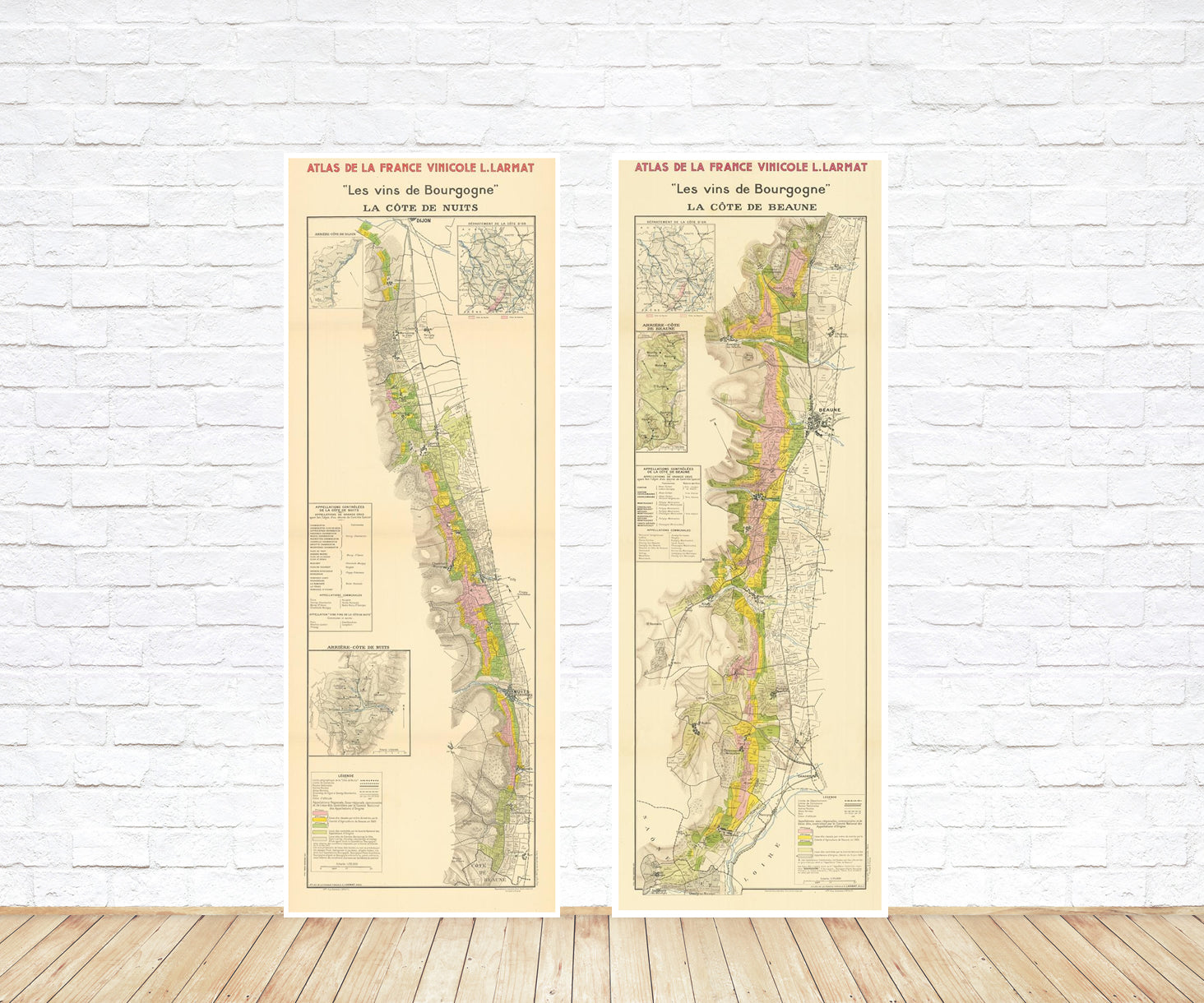The palette typically associated with Miró in this period—pale washes contrasted with vivid reds, yellows, and blues—creates both levity and tension. Black lines act as anchors, giving structure to the otherwise airy composition. These strokes are energetic and improvisational, reminiscent of calligraphy or automatic drawing. The blank spaces between forms are equally important, giving the characters room to “breathe” and enhancing the floating, weightless quality of the scene.
There is a playful surrealism in Characters, but also an undercurrent of strangeness. The beings seem to interact in a space without gravity or narrative logic. They evoke gestures, emotions, or whispers rather than concrete actions. Miró’s aim during this phase was to free painting from rational constraints, allowing instinct and imagination to guide the creation of forms.
Characters (1934) stands as an excellent example of Miró’s evolving visual poetry—an exploration of figures reduced to symbols, where simplicity becomes expressive, and where every gesture invites the viewer into a world of dreamlike possibility.

















